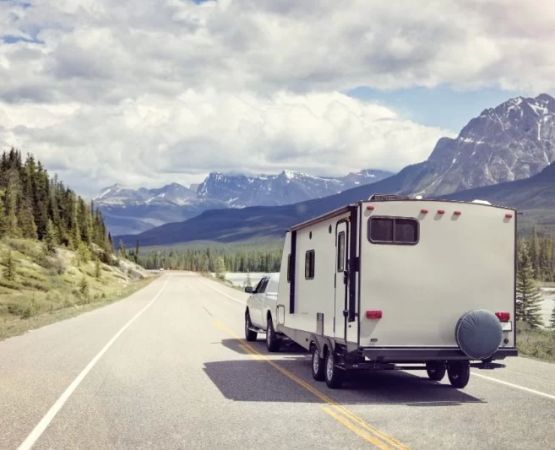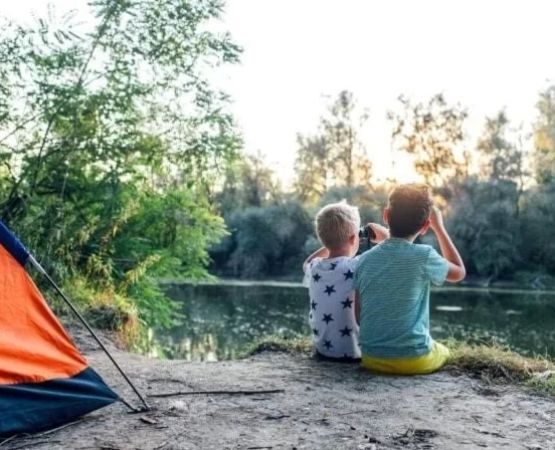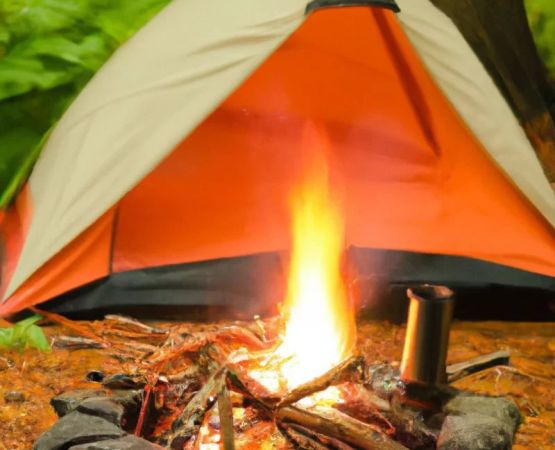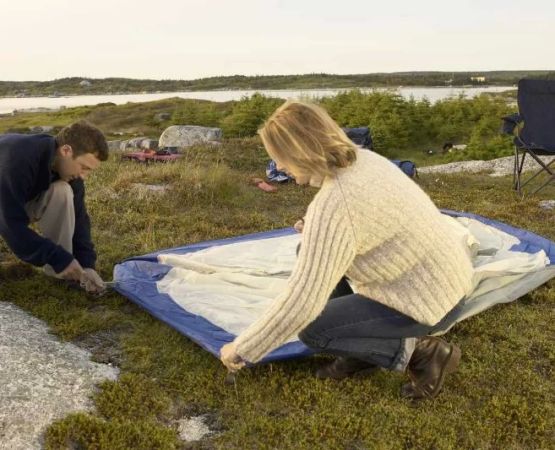How to Find Free Camping Spots in the US
Finding the perfect camping spot in the United States doesn’t have to break the bank. There are plenty of free camping options available across the country that can give you an authentic outdoor experience, all without the cost of a campsite. But how do you find these hidden gems? In this article, we'll dive into how to find free camping spots in the US, the benefits of free camping, and tips for making the most of your camping trip.
1. Use Public Land for Free Camping
One of the easiest ways to find free camping spots in the US is by camping on public lands. The Bureau of Land Management (BLM) and the US Forest Service manage vast areas of land where camping is often free. These lands are scattered across the country, especially in the western and rural parts of the United States. To find free camping spots on public land, you can visit the BLM or US Forest Service websites, where you can check for dispersed camping areas. These campsites may not have amenities, but they provide a tranquil setting to connect with nature.
2. Look for National Forests and Grasslands
Another great option for free camping is in the National Forests and Grasslands. The US Forest Service manages over 190 million acres of public land across the United States, with many areas offering free camping. These forests and grasslands are perfect for those who enjoy hiking, fishing, or simply relaxing in a quiet setting. However, it’s important to follow camping regulations, such as camping at least 200 feet away from lakes and streams and following fire safety rules.
3. Explore the Use of Apps and Websites
Thanks to technology, finding free campsites has never been easier. Several apps and websites can help you locate free camping spots across the US. Apps like Campendium, FreeCampsites.net, and iOverlander offer detailed information on free campsites, reviews from fellow campers, and photos of the locations. These resources can be especially helpful when you’re traveling through unfamiliar areas or need to find a spot last minute.
4. Check Local Bureau of Land Management (BLM) Areas
Aside from national forests, the Bureau of Land Management (BLM) offers plenty of opportunities for free camping. In fact, most BLM land allows dispersed camping, meaning you can camp almost anywhere in the designated area, as long as you are not in restricted zones. Some BLM lands have designated campsites that are free or cost only a small fee. While camping on BLM land, be prepared for rustic conditions—there won’t be running water or other amenities, so it’s important to bring all necessary supplies.
5. Camping on Tribal Lands
Another less known option for free camping is tribal lands. Many Native American tribes have opened their lands to visitors for camping. While it’s less common than camping in national forests or on BLM land, it’s worth researching. Just like other free campsites, you’ll need to follow the local rules and regulations, and in some cases, tribes may ask for donations or a small fee. Still, it’s a great way to experience a unique side of America and contribute to preserving native cultures.
6. Take Advantage of Rest Areas and Walmart Parking Lots
While not technically “camping” in the traditional sense, many RVers and van-lifers take advantage of free parking overnight at places like rest areas and Walmart parking lots. Walmart has a policy of allowing RVs to park overnight at most of its locations, which is a great way to rest on long drives. Be sure to check with the store management to ensure overnight parking is allowed. Rest areas along highways are another good option for free camping, but they may not provide the most scenic settings.
7. Follow Local Regulations and Be Respectful
While free camping is an exciting and budget-friendly option, it’s important to follow all local regulations and camp responsibly. Leave no trace, which means cleaning up after yourself and leaving the campsite as you found it. Some public lands may have restrictions or seasonal closures, so it’s always wise to check with local authorities before you set out. Also, be aware of fire safety rules, especially during dry seasons, to prevent forest fires.
8. Why Free Camping is Worth It
Choosing to camp for free in the US can offer more than just a way to save money. Free campsites are often located in more remote and peaceful areas, giving you a chance to truly disconnect from the hustle and bustle of everyday life. You'll experience nature in its most authentic form, without the noise of other campers or crowded campsites. Additionally, free camping often means you’re in a location that is off the beaten path, so you can explore nature and enjoy privacy.
Conclusion: Ready for Your Next Adventure?
Finding free camping spots in the US is entirely possible with a little research and planning. Whether you prefer the serenity of public lands, the adventure of remote tribal campsites, or the convenience of overnight rest stops, there are plenty of options to explore. By using resources like apps and websites, checking local regulations, and respecting the environment, you can make the most of your free camping experience.
Want to experience the beauty of the outdoors and enjoy a peaceful getaway? Consider visiting 【Pine Cliff Resort 】 for an unforgettable camping experience surrounded by nature. Ready to embark on your next adventure? Book your spot today!






